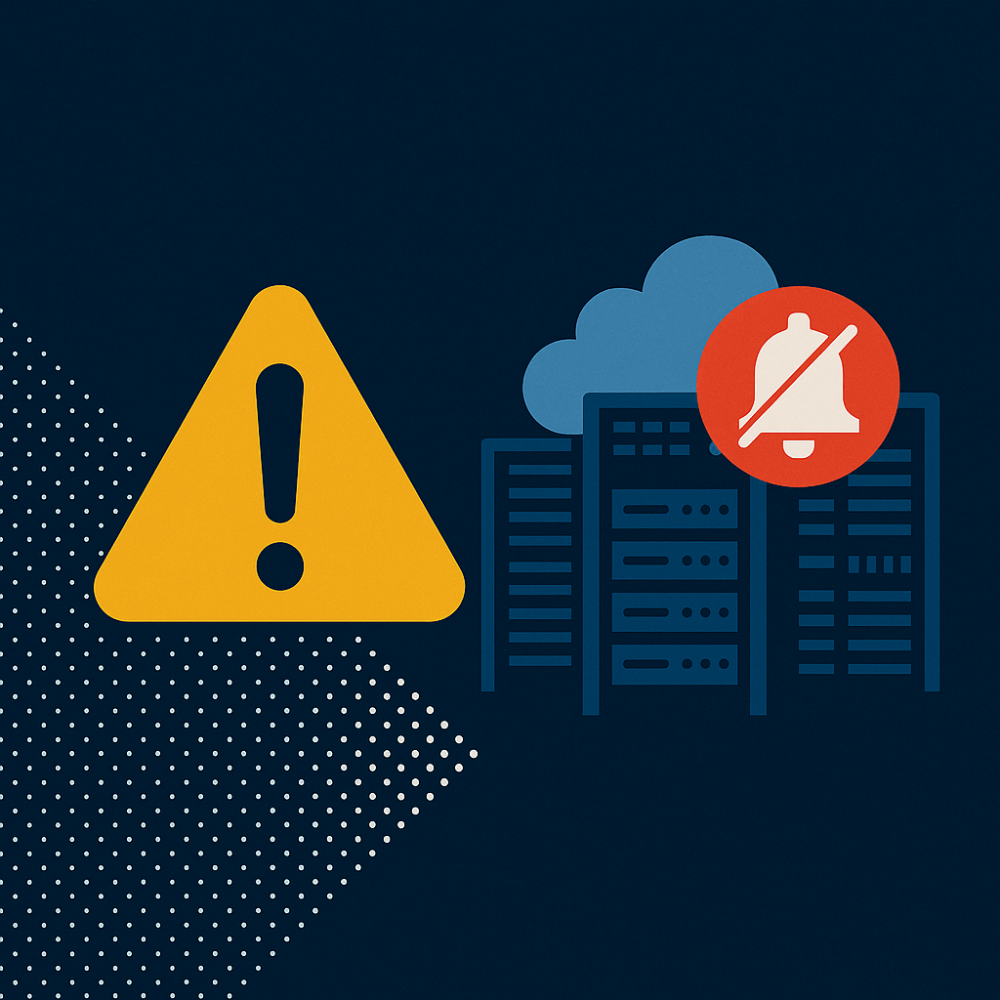Data centers are the backbone of the modern digital world, serving as the nerve centers for information storage and processing. For data center operators and executives, ensuring optimal performance and efficiency is not only a priority but a necessity. The effective management of critical infrastructure and assets is paramount. To achieve this, one must embark on the journey of mastering Asset Lifecycle Management (ALM). In this article, we will explore the critical role that clean data and benchmarking play in achieving proactive ALM and maximizing Return on Investment (ROI).
Why Clean, Complete, Connected Data Matters for Asset Lifecycle Management
Informed Decision Making
Imagine keeping a comprehensive history of your health, from your medical records and previous illnesses to dietary habits and exercise routines. Just as a complete medical history aids healthcare decisions, a comprehensive asset history is equally crucial for data center operators and executives. This history encompasses the asset’s journey, from procurement data to operating conditions, maintenance records, performance metrics, and even end-of-life information. Easy access to this clean and up-to-date data empowers decision-makers to make well-informed choices about an asset’s maintenance, repairs, and eventual decommissioning.
Risk Management
Asset history plays a vital role in risk management. Knowing the conditions under which an asset has run can help predict how it might perform under changing circumstances. This foresight is invaluable for preparing for extreme events like natural disasters, supply chain interruptions, or abrupt changes in market demands. By maintaining complete asset histories, data center operators can proactively find potential risks and develop strategies to mitigate them.
Optimizing Maintenance Strategies
Traditional maintenance strategies often rely on scheduled or reactive maintenance, which can result in over-maintenance, increased risk due to unnecessary handling, or even downtime when a critical asset fails. A comprehensive asset history can help implement a predictive maintenance strategy. Predictive maintenance leverages real-time data and historical records to forecast when an asset is likely to fail, allowing for prompt intervention. This approach enhances asset reliability and minimizes downtime and associated costs.
The Power of Benchmarking In Asset Lifecycle Management
Identifying Performance Gaps
Benchmarking is a practice that involves comparing the performance and processes of your assets against those of other organizations in the same industry. This external reference point can reveal performance gaps that may not be clear when looking solely at internal data. In the realm of data center operation, benchmarking can provide valuable insights into how your infrastructure stacks up against industry standards and best practices.
By benchmarking your data center’s performance against others in the field, you can identify areas where improvements are needed. For instance, if your data center’s energy efficiency lags industry benchmarks, it signals an opportunity to enhance your infrastructure’s sustainability and reduce operational costs.

Setting Realistic Goals
Benchmarking is not just about measuring your performance against others; it also helps you set more realistic performance objectives. For example, if benchmarking data shows that a particular asset typically lasts for ten years under similar operating conditions, but your asset is showing signs of wear in just seven years, it may be a sign to reevaluate your maintenance practices. Asset reliability benchmarking serves as a compass, guiding data center executives and operators toward achievable goals that align with industry standards.
Informing Procurement Decisions
Benchmarking does not only apply to existing assets; it can also inform procurement decisions. When you are in the market for a new asset, you can look at performance data from similar assets across different organizations to make a more informed choice. By selecting assets that outperform industry benchmarks, you can ensure that your data center’s infrastructure is still competitive and efficient.
Leveraging EAM for Enhanced ALM
The integration of technology is a significant change in asset lifecycle management. Enterprise Asset Management Systems (EAMS) are invaluable tools that not only monitor asset performance in real-time but also maintain a historical record of asset activity. These systems capture essential information, such as when an asset was bought, when it was last repaired, and how much it has cost the organization over time. EAMS ensures that data is clean, curated, and readily accessible, making it an essential part of proactive ALM.
Continuous Improvement
The journey to mastering Asset Lifecycle Management is an ongoing process. To maintain clean data and leverage benchmarking effectively, data center operators and executives must embrace continuous improvement. Here are some key aspects to consider:
Training and Workforce Development
The implementation of clean data practices and benchmarking strategies requires a trained and knowledgeable workforce. Investing in training and workforce development ensures that your team is well-equipped to maintain accurate asset records and make data-driven decisions. This is especially important in the context of data center operations, where precision and expertise are critical.
Integration with the Supply Chain
For seamless asset management, data center operators must integrate their asset management strategies with the supply chain. This integration streamlines procurement decisions, reduces lead times, and enhances the overall efficiency of the organization. A well-coordinated supply chain can ensure that the right assets are acquired, maintained, and replaced at the right time, reducing downtime and operational costs.
Cost Savings and ROI
Clean data and benchmarking lead to significant cost savings and improved Return on Investment (ROI). By adopting predictive maintenance strategies based on clean data, data center operators can reduce maintenance costs and minimize asset downtime. Benchmarking helps show areas where performance can be enhanced, leading to better resource allocation and cost-efficiency.
Industry Standards and Best Practices
Data center operators and executives should be aware of industry-specific standards and best practices related to asset management. These standards provide guidance on data collection, benchmarking processes, and best-in-class asset management practices. By adhering to industry standards, data center professionals can ensure that their asset management efforts align with recognized best practices.
Collaboration and Knowledge Sharing
Data center professionals can benefit from collaboration with industry peers and knowledge sharing. Sharing benchmarking data and best practices with peers can lead to industry-wide improvements in asset management. By working together, data center operators and executives can collectively elevate industry standards and enhance the performance of data centers globally.
Customized KPIs
To effectively measure asset performance and benchmark against industry standards, data center operators should develop customized Key Performance Indicators (KPIs). These KPIs should reflect the unique needs and goals of the data center, enabling more accurate performance tracking and benchmarking against industry peers.
Conclusion
In conclusion, mastering Asset Lifecycle Management in data centers requires a combination of clean data practices and benchmarking. The importance of maintaining complete asset histories for informed decision-making and risk management cannot be overstated. Benchmarking provides the industry context to set realistic goals and make informed procurement decisions. By incorporating these two elements into your ALM strategy and embracing continuous improvement, data center operators and executives can shift their asset management from a reactive process to a proactive one, significantly impacting their organizations’ bottom line. Advances in technology are making it easier than ever to implement these strategies, making now the perfect time to restructure your ALM into a clean, curated, and connected solution.



